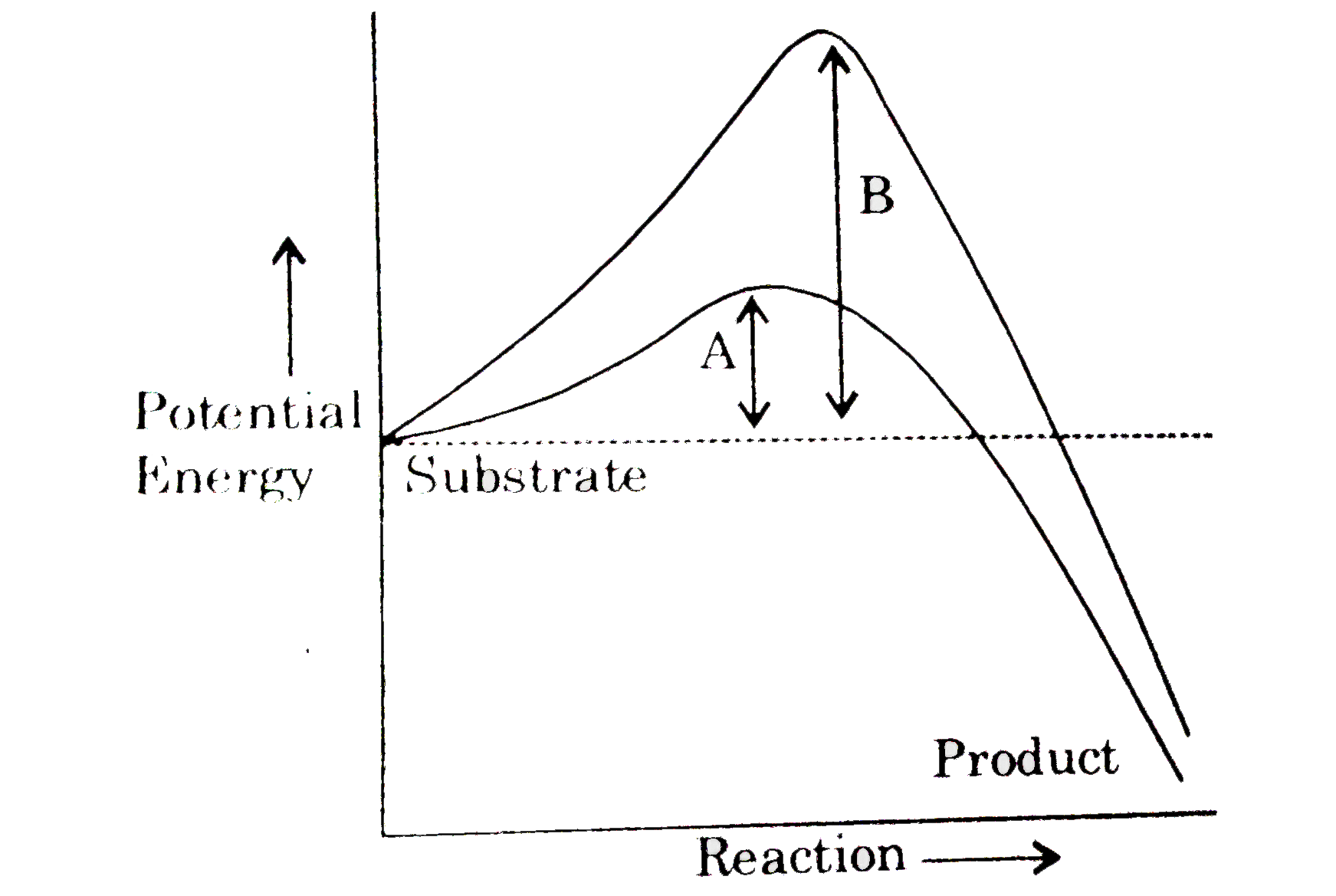Which one of the following graphs correctly gives the ideal gas behaviour ?
A
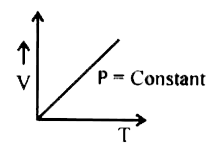
B

C
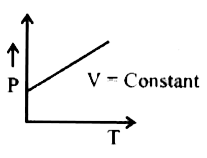
D
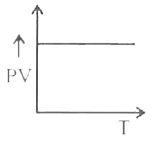
Video Solution
Text Solution
The correct Answer is:A
For an ideal gas, PV = nRT. …(1)
(a) When P is kept constant, V∝T.
∴ The (V, T) graph is a straight line passing through the origin. (a) is correct.
(b) When T is kept constant, PV = constant … from (1)
∴ The P - V graph is a rectangular hyperbola. (b) is wrong.
(c) When V is constant, P∝T. The (P - T) graph is a straight line passing through the origin. (c) is wrong.
(d) From (1), PV∝T.
∴ The graph of PV against T is a straight line passing through O. (d) is wrong.
Thus , only (a) is correct.
|
Updated on:21/07/2023
Topper's Solved these Questions
- BOOK - MARVEL PUBLICATIONCHAPTER - KINETIC THEORY OF GASES ,THERMODYNAMICS AND RADIATIONEXERCISE - TEST YOUR GRASP - 930videos
KINETIC THEORY OF GASES ,THERMODYNAMICS AND RADIATION
- BOOK - MARVEL PUBLICATIONCHAPTER - INTERFERENCE AND DIFFRACTIONEXERCISE - TEST YOUR GRASP20videos
INTERFERENCE AND DIFFRACTION
- BOOK - MARVEL PUBLICATIONCHAPTER - MAGNETIC EFFECTS OF ELECTRIC CURRENTEXERCISE - MCQ195videos
MAGNETIC EFFECTS OF ELECTRIC CURRENT
Similar Questions
Knowledge Check
- Question 1 - Select One
Which of the following graph is correctly represented?
A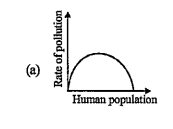 B
B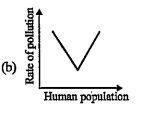 C
C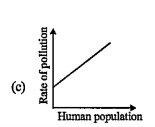 D
D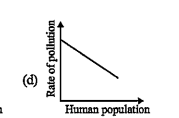
- Question 2 - Select One
Which of the following graphs is inconsistent with ideal gas behaviour ? (Assume n = constant)
A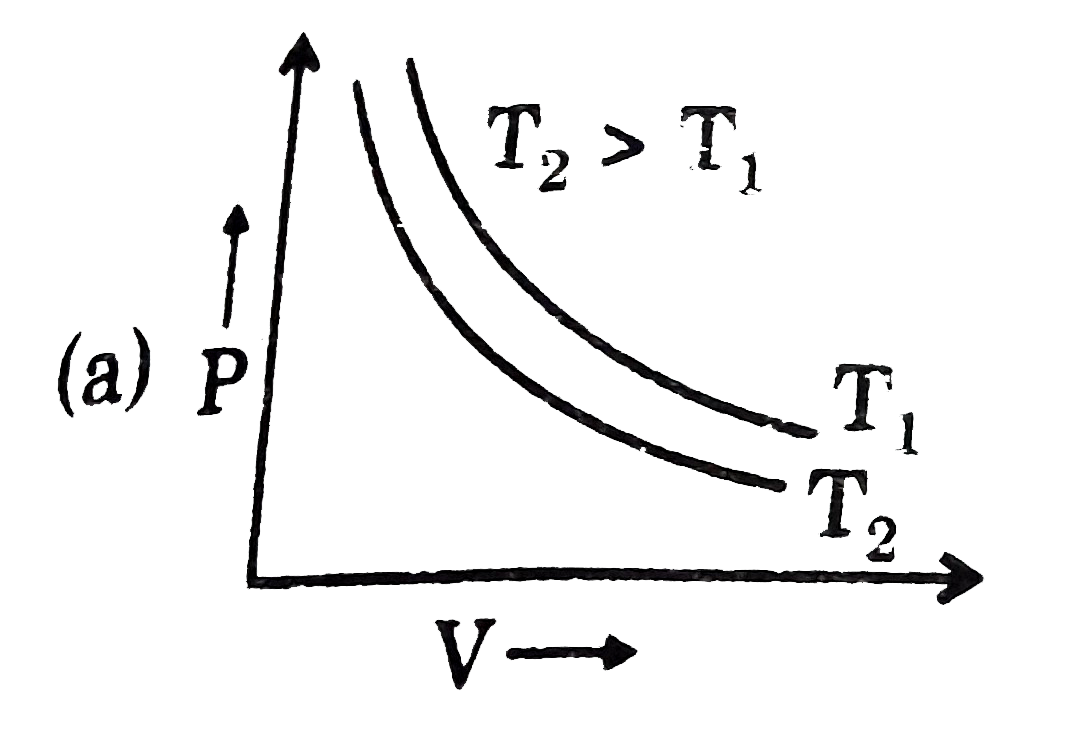 B
B C
C D
D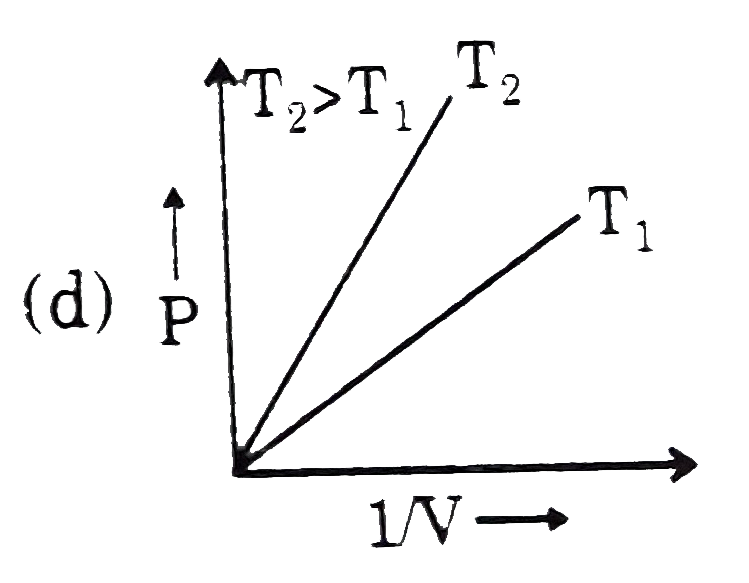
- Question 3 - Select One
Which of the following graphs is consistent with ideal gas behaviour?
A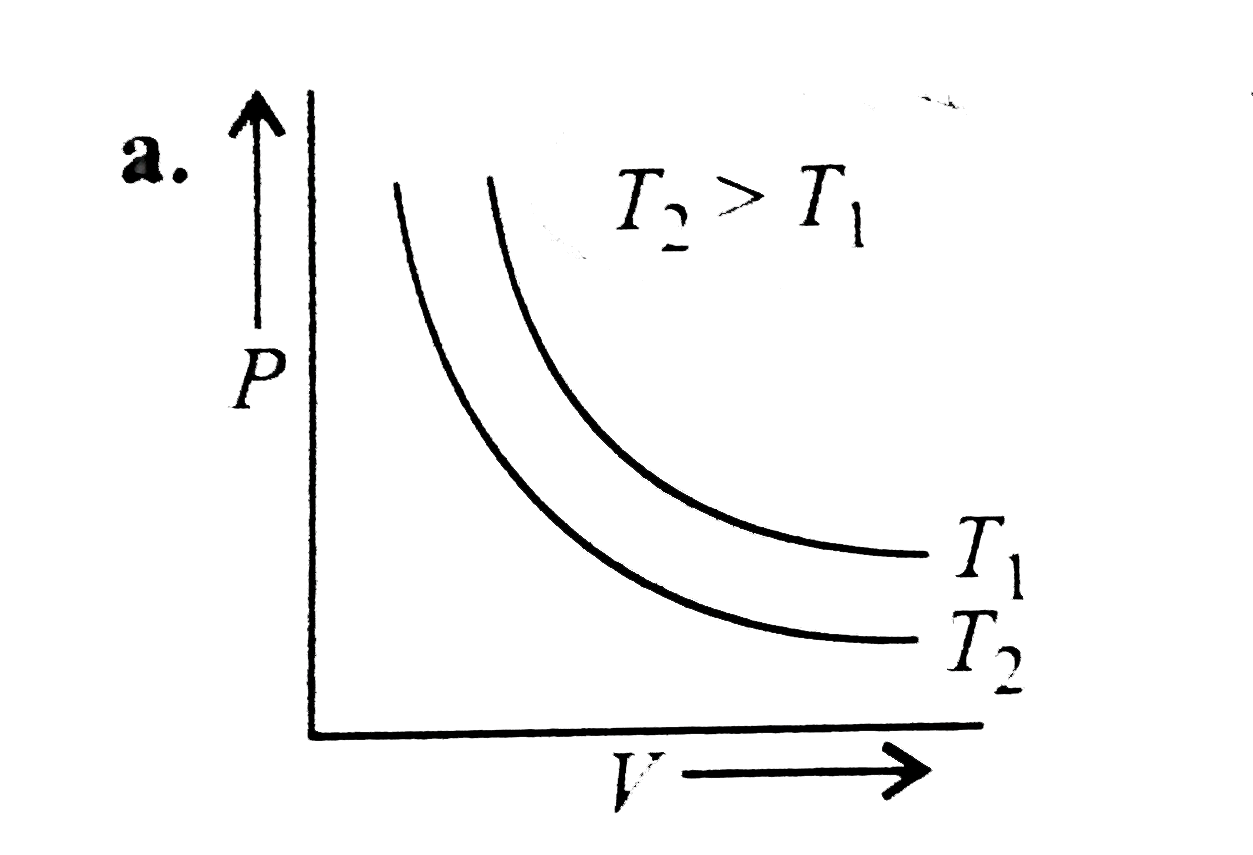 B
B C
C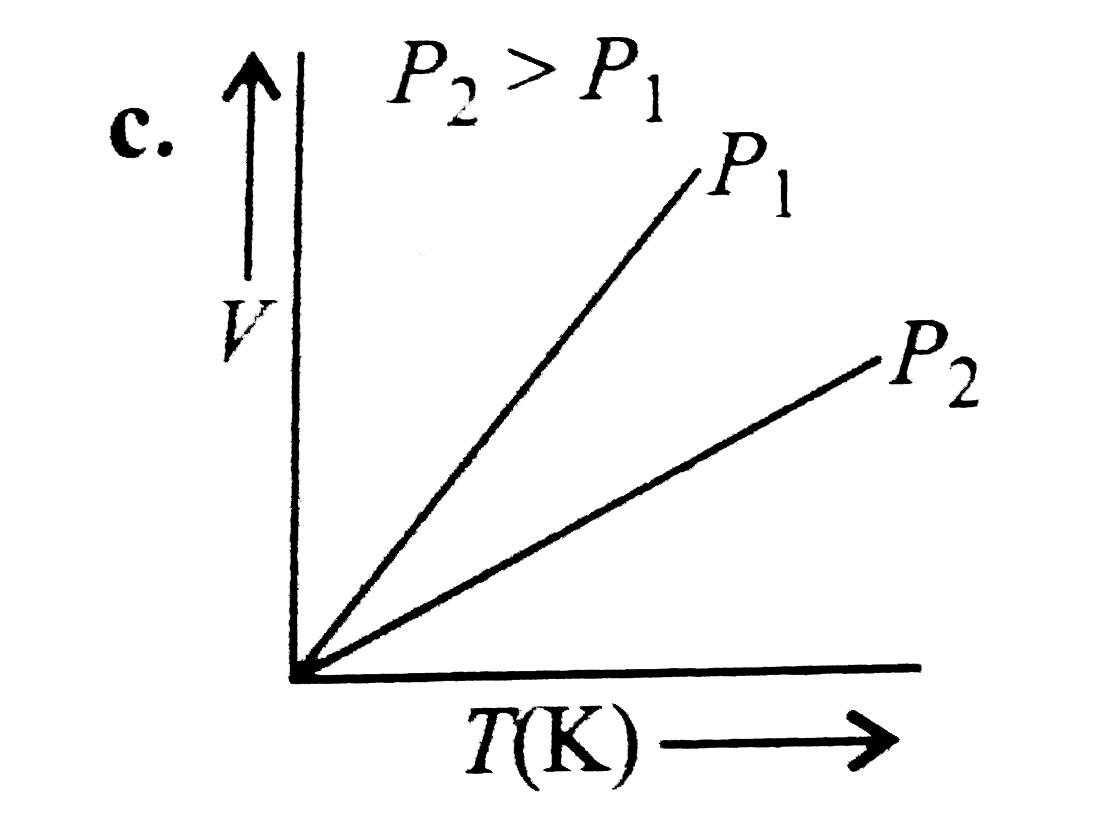 D
D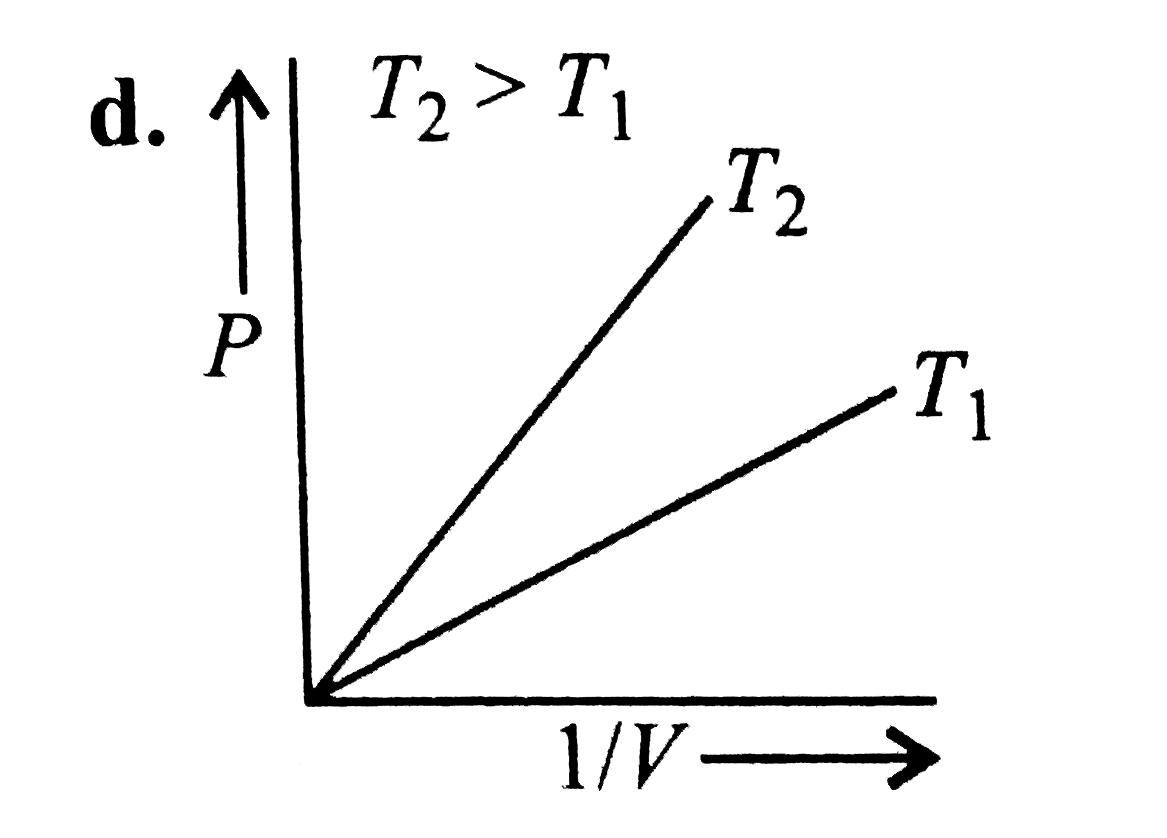
Which of the following diagrams, Fig. depicts ideal gas behaviour ?
View SolutionWhich of the following diagram correctly describes the behaviour of a fixed mass of an ideal gas ? (T is measured in K)
View SolutionWhich of the following graphs correctly represents the variation of β=−(dVdP)/V with P for an ideal gas at constant temperature
View SolutionWhich of the following graphs correctly represents the variation of β=−dV/dPV
with P for an ideal gas at constant temperature?View SolutionWhich of the following graphs correctly represents the variation of β=−(dVdP)1V with P for an ideal gas at constant temperature ?
View Solution



